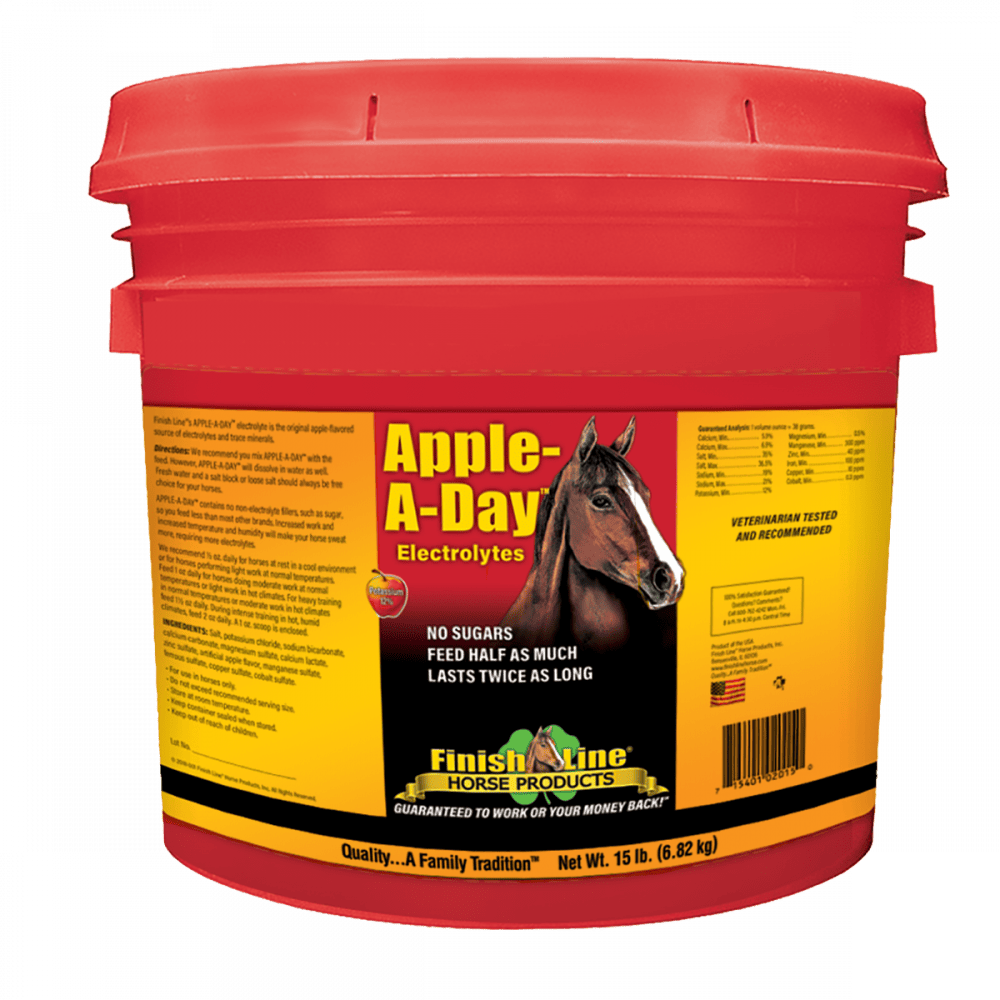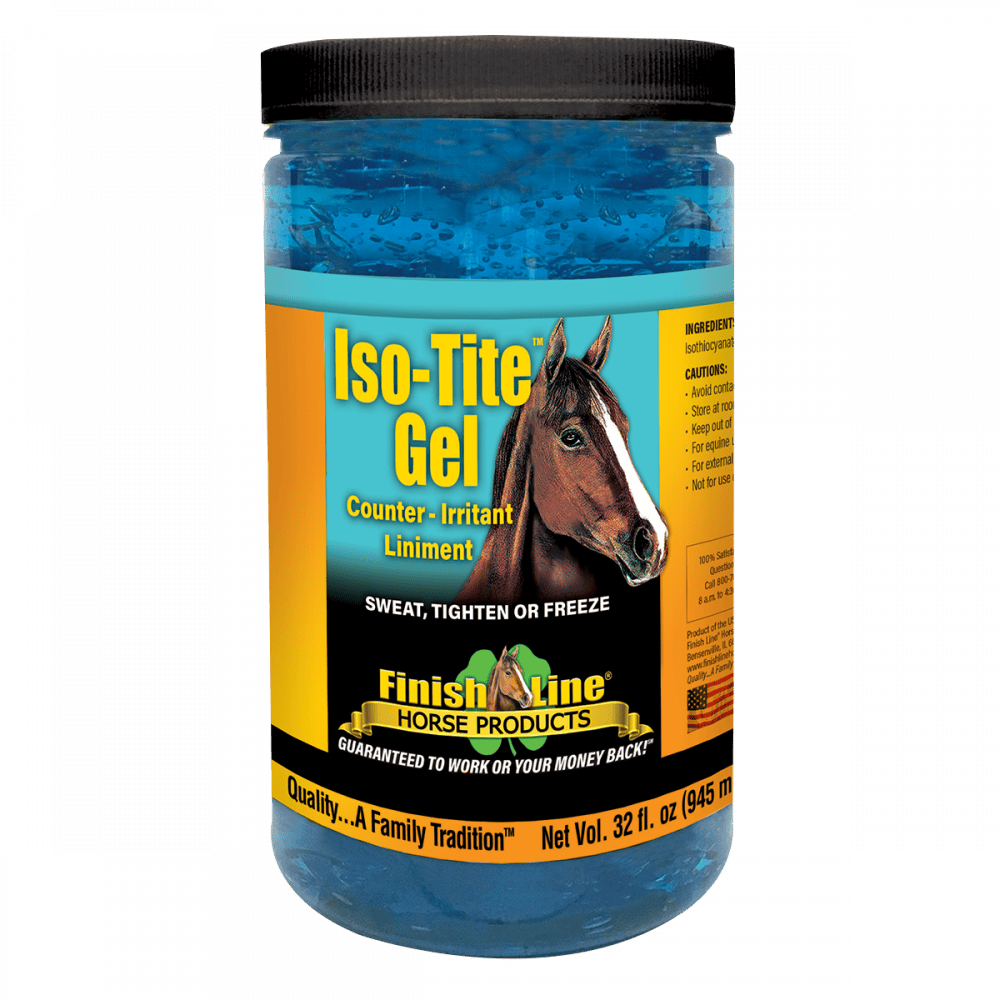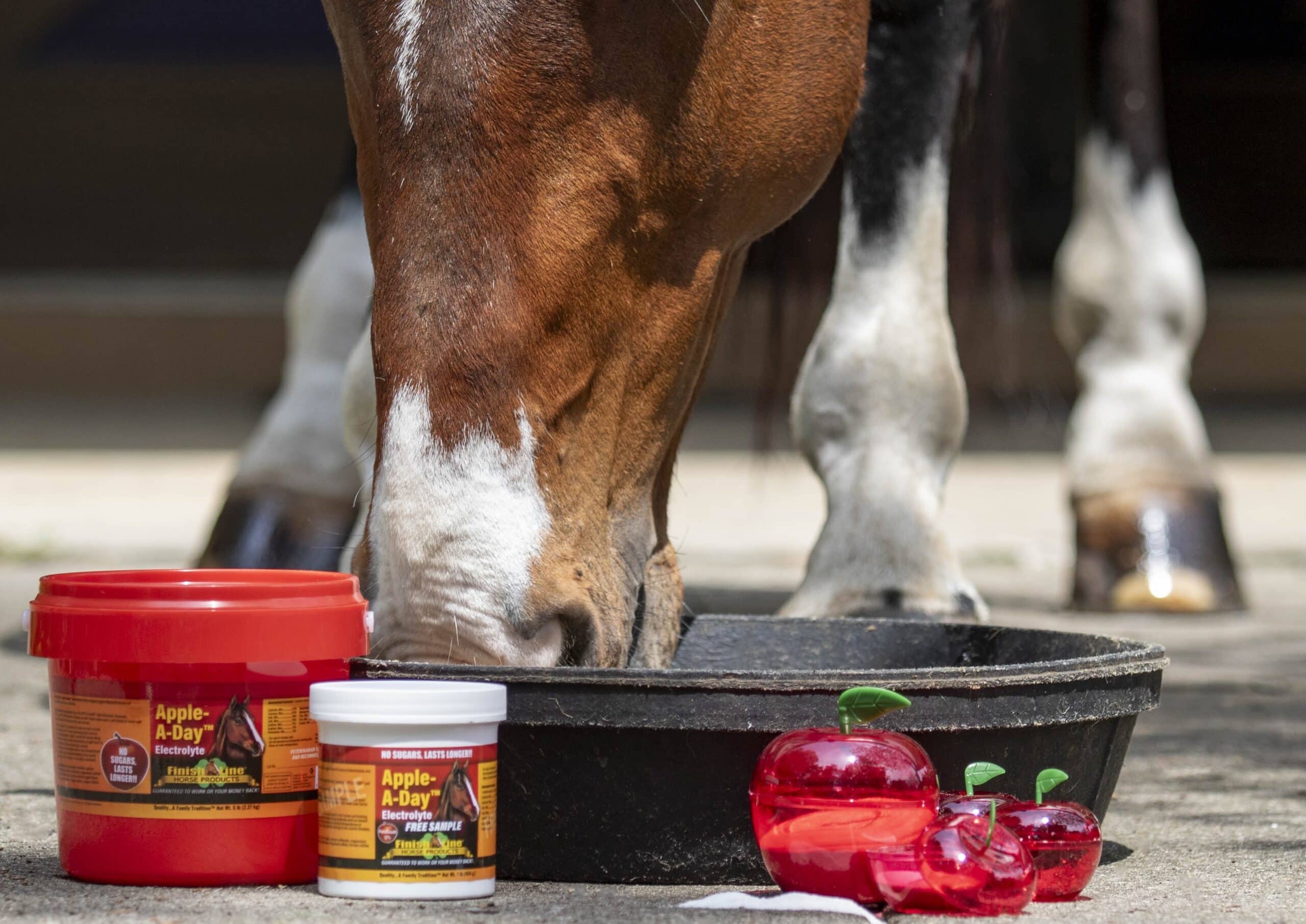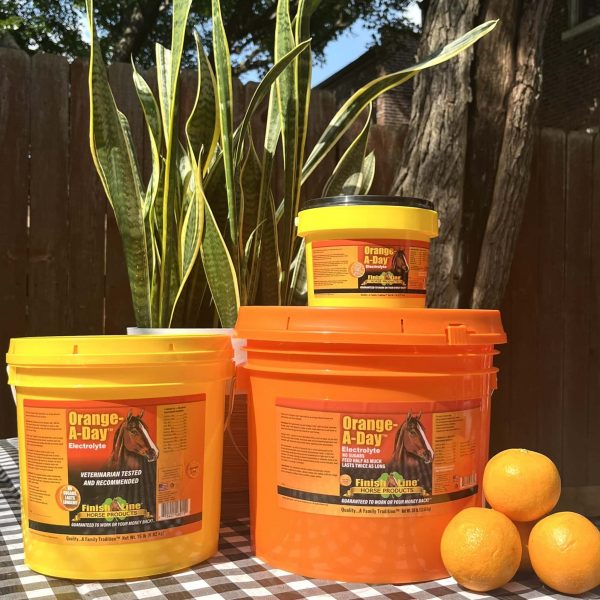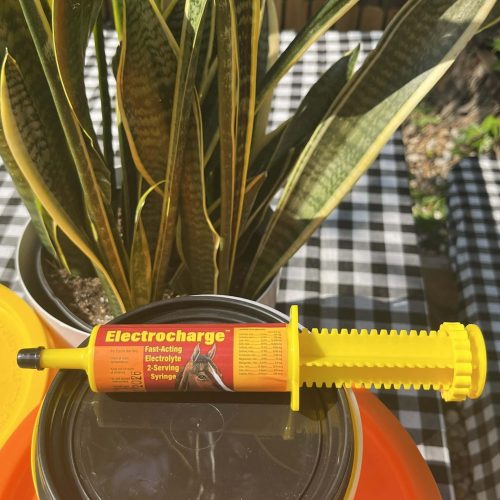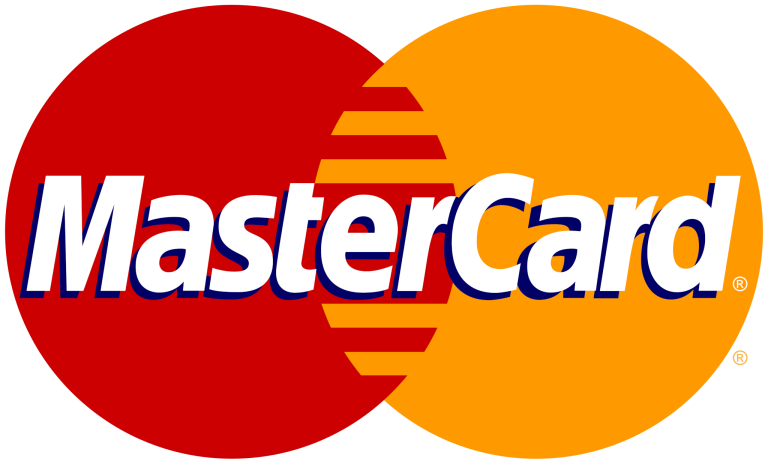Electrolytes are widely known to help boost recovery in humans and equines. But even though most of us have heard of electrolytes and gulp them down in sports drinks, chances are we don’t know exactly what they are or how to define them.
Electrolytes are electrically charged ions that play a key role in the normal function of cells and organs. They influence the amount of water in a horse’s body, the acidity of the blood (pH), muscle function and other important processes. When an equine sweats, it loses electrolytes, which must be replaced by drinking fluids or eating feeds that contain electrolytes. Pure water does not contain electrolytes. Horses that engage in performance, trail and show events – especially when travel is involved – require additional electrolytes to maintain optimal health and performance.
A horse’s muscle functions and nerve reactions hinge upon the proper exchange of these electrolyte ions inside and outside the cells. The two electrolytes lost in the greatest amount are chloride and sodium, which form salt. Therefore, a proper electrolyte should be predominantly salt-based to meet a horse’s needs.
Common examples of electrolytes include:
Electrolytes needed for muscle exertion
A muscle contraction requires calcium, sodium and potassium to be present. Improper electrolyte levels can result in either weak muscles or muscles that contract too often.
